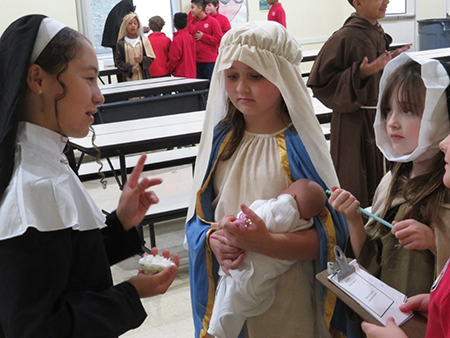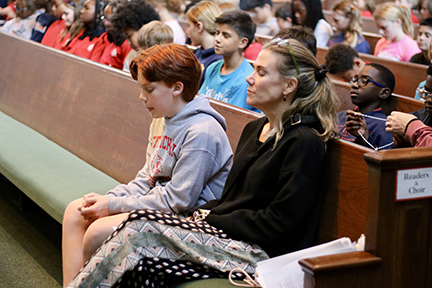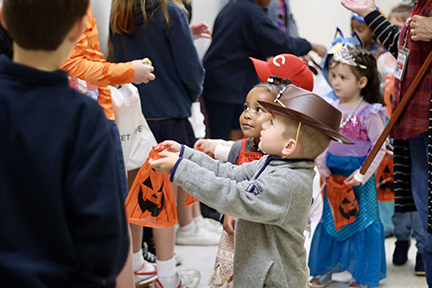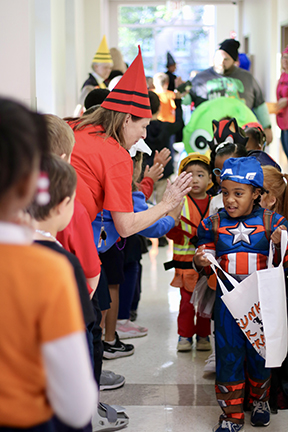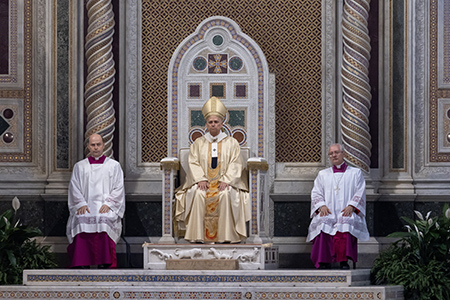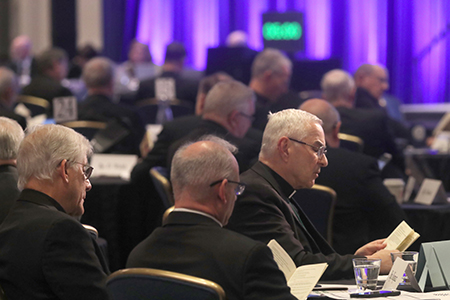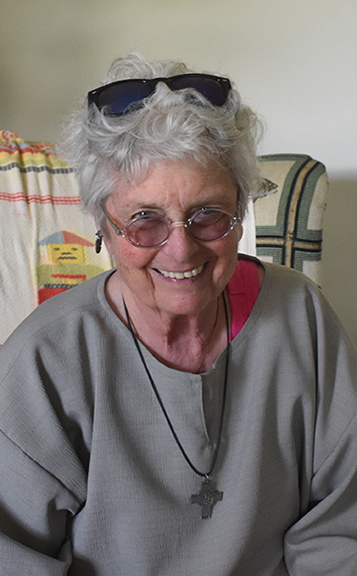Caminando con los migrantes
Por el obispo Nicholas DiMarzio, OSV News
El 13 de noviembre, la Iglesia celebró la festividad de Santa Francisca Javier Cabrini, patrona de todos los inmigrantes.
En esa ocasión, los obispos de Estados Unidos y los obispos del estado de Nueva York emitieron declaraciones sobre la situación actual de los migrantes en nuestro país.
Las preocupaciones se citan en el cuerpo de este artículo. Sin embargo, el elemento más importante, tal y como subrayan los obispos del estado de Nueva York, es la voluntad de comprender correctamente la situación actual de la migración en nuestro país, tal y como la describe la doctrina social católica.
Con ese fin, los obispos del Comité de Migración de la Conferencia de Obispos Católicos de Estados Unidos han pedido a nuestro pueblo que se comprometa a buscar la intercesión de la Madre Cabrini, dedicándonos a la oración y al discernimiento.
Muchas preocupaciones constituyen la base del compromiso de atender a los migrantes. A continuación, se enumeran cuatro preocupaciones importantes que siguen siendo fundamentales para el trato humano y respetuoso de los migrantes.
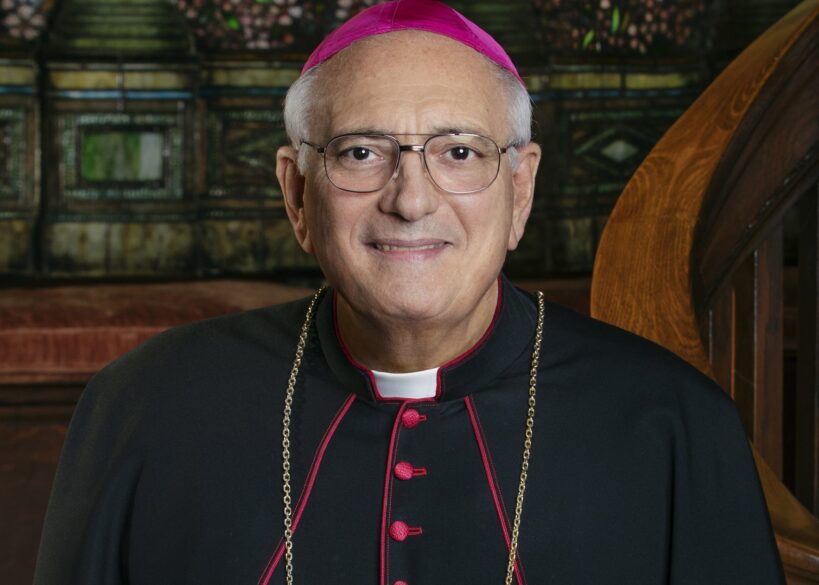
1) Acogida
Durante la mayor parte de nuestra historia, nuestra nación ha sido un lugar acogedor para los inmigrantes que han construido nuestra sociedad, nuestra cultura y nuestra Iglesia. La migración debe ser siempre segura, legal y ordenada, y las reformas migratorias deben producir estos objetivos.
Es necesario eliminar la discriminación y los abusos del pasado, ya que estamos volviendo a la horrible historia de hace 100 años, cuando el nativismo y el racismo guiaban nuestras leyes y prácticas.
La doctrina social católica establece que las personas deben poder permanecer en su patria y, si no pueden vivir allí en paz, tienen derecho a emigrar a países que puedan acogerlas.
Estados Unidos ha sido un refugio para los migrantes, y cerrar la puerta a nuestra historia no es un avance positivo.
La aplicación de las leyes administrativas de inmigración debe distinguirse de los delitos penales, y las prácticas de aplicación deben ajustarse a normas humanitarias, incluyendo el debido proceso, la unidad familiar y alternativas a la detención.
Para mantener nuestro liderazgo moral en el mundo libre, nuestro país debe continuar con el programa de reasentamiento de refugiados para todos aquellos que reúnan los requisitos, de acuerdo con sus necesidades de protección y nuestra capacidad para acogerlos.
Los solicitantes de asilo deben poder presentar sus solicitudes fuera de Estados Unidos. La reunificación familiar y la no separación de las familias deben seguir siendo un aspecto importante de la legislación y la práctica en materia de inmigración.
2) Protección
Se debe garantizar la protección de la dignidad humana básica a los migrantes, independientemente de su situación legal. Existen otras opciones para proteger nuestra seguridad además de la deportación masiva. Actualizar la disposición del registro de la ley de inmigración para permitir que los migrantes de larga duración obtengan un estatus legal les ayudará a evitar los excesos de las redadas y garantizará la seguridad. Conceder el estatus a los migrantes de larga duración evitaría muchos problemas y protegería el mercado laboral.
Aunque los condenados por un delito grave deben ser deportados cuando sea necesario y posible, aquellos que respetan nuestras leyes mientras están aquí deben ser tratados de forma diferente. El perfil racial no debe utilizarse como medio de aplicación de la ley, ni deben separarse las familias en el proceso.
La ciudadanía por nacimiento, que se concede a quienes nacen en suelo estadounidense, ha sido la norma tanto legal como culturalmente en los Estados Unidos desde su fundación, consagrada en nuestra Constitución después de la Guerra Civil. Esto debe protegerse. De lo contrario, convertiremos en apátridas a millones de niños nacidos en los Estados Unidos.
La protección de la libertad religiosa no debe verse mermada por amenazas, vigilancia y detenciones en los lugares de culto. Se deben conceder visas a los trabajadores religiosos que prestan asistencia tanto a los migrantes como a los feligreses nativos.
El estatus de protección temporal ya concedido no debe retirarse arbitrariamente cuando los beneficiarios no pueden regresar a las peligrosas condiciones de sus países de origen. Las condiciones o circunstancias a menudo peligrosas en los países de origen de estas personas –los llamados “factores de empuje”, que les llevan a huir en primer lugar– requieren nuestra atención.
3) Promoción
Se debe ofrecer una vía directa para obtener la ciudadanía estadounidense a todos los residentes legales y a las personas recién documentadas. Se debe respetar la lengua y el patrimonio cultural de los migrantes, especialmente en la prestación de asistencia pastoral. Los trabajadores agrícolas nacidos en el extranjero deben tener los mismos derechos y salarios que los demás trabajadores domésticos.
4) Integración
La integración no significa asimilación, por la que se borran las diferencias lingüísticas y culturales de la vida de los migrantes que necesitan ayuda para adaptarse a una nueva cultura y lengua. Los medios de comunicación deben compartir historias positivas sobre las contribuciones de los migrantes en todas las plataformas.
El compromiso de Cabrini
Santa Francisca Javier Cabrini es la patrona de todos los migrantes. Buscamos su intercesión para las preocupaciones mencionadas anteriormente. Al firmar el compromiso, dedicamos nuestras oraciones y energía a la acogida, protección, promoción e integración de los migrantes. (El compromiso se puede ver en la página de USCCB: https://www.usccb.org/es/compromisocabrini)
ME COMPROMETO:
Afirmar, en palabras y hechos, la dignidad inherente de cada persona, independientemente de su estatus migratorio o país de origen, viendo a cada uno como un hijo de Dios, antes que nada.
Comprometerme con las Escrituras y la doctrina social de la Iglesia, reflexionando sobre el papel de la migración en la historia de la salvación, la historia de los Estados Unidos y la historia de mi propia familia.
Escuchar y aprender sobre las circunstancias que enfrentan los migrantes y refugiados, incluidos los de mi comunidad, con el corazón y la mente abiertos.
Buscar oportunidades de encuentro para crecer en una comprensión y comunión más profundas que conduzcan a una auténtica solidaridad con los necesitados.
Considerar lo que significa ser un buen prójimo y cómo estoy llamado a reflejar el amor y la esperanza de Cristo a los demás.
Fomentar el diálogo cívico que coloque a la persona humana y la santidad de las familias en el centro de la formulación de políticas, especialmente hacia el final de una reforma migratoria significativa.
Unirse al Papa León en la oración por todos los migrantes y refugiados como compañeros de viaje en el camino hacia nuestra verdadera patria.
El obispo Nicholas DiMarzio es obispo jubilado de la Diócesis de Brooklyn, Nueva York. Escribe la columna “Walking With Migrants” para The Tablet y OSV News.


